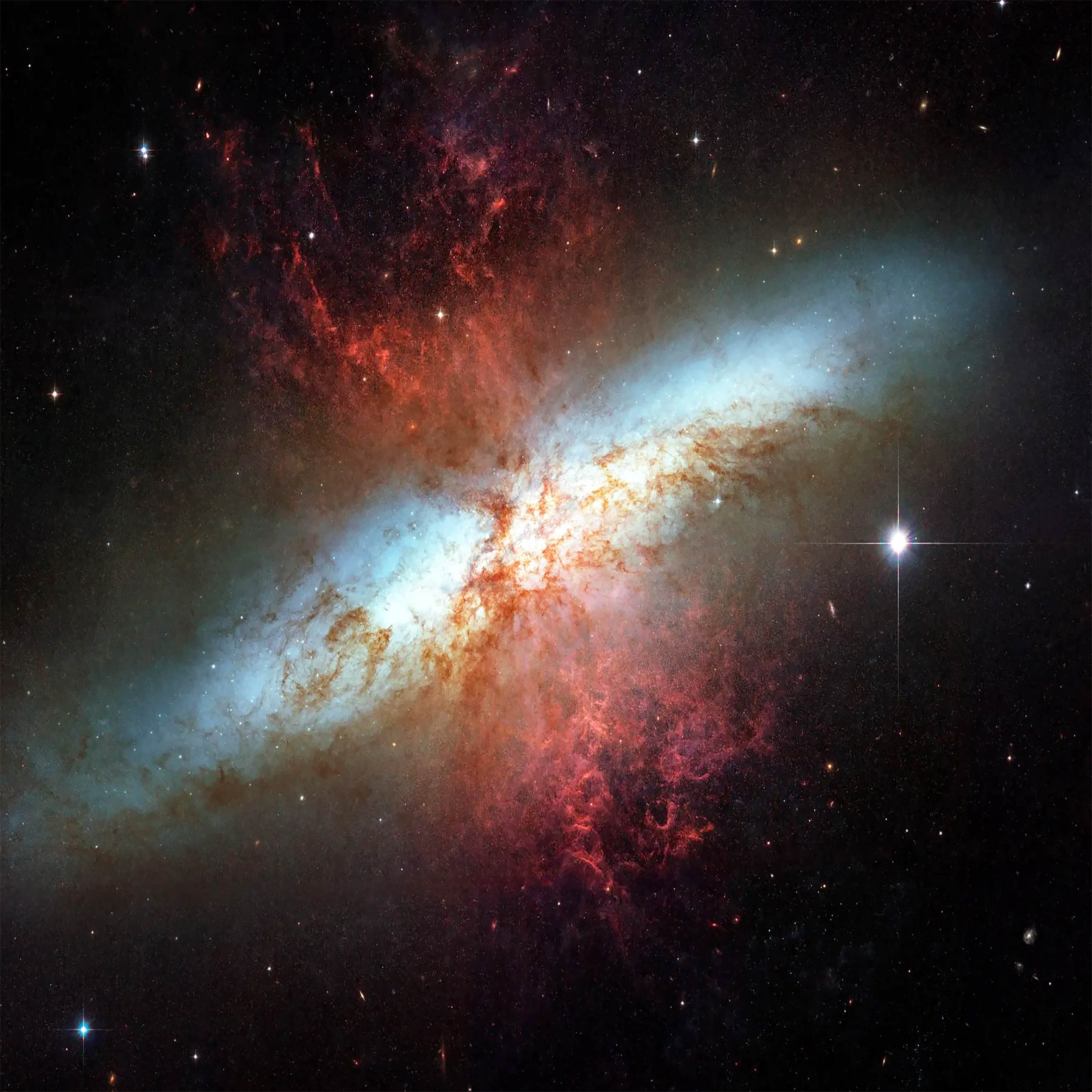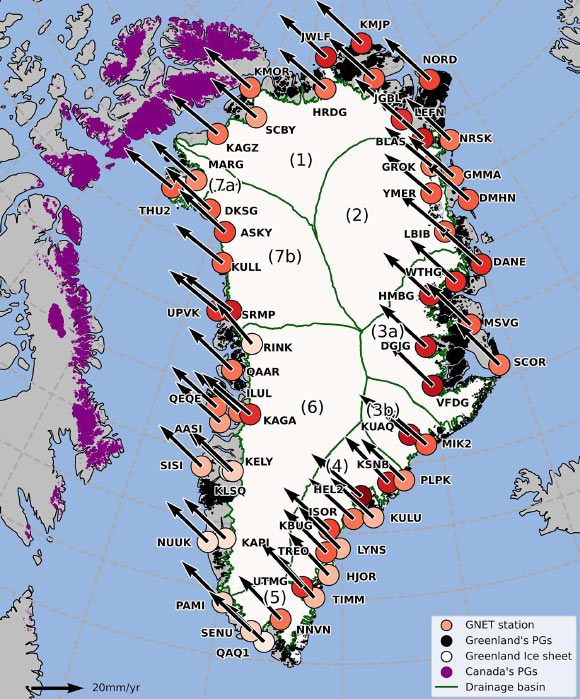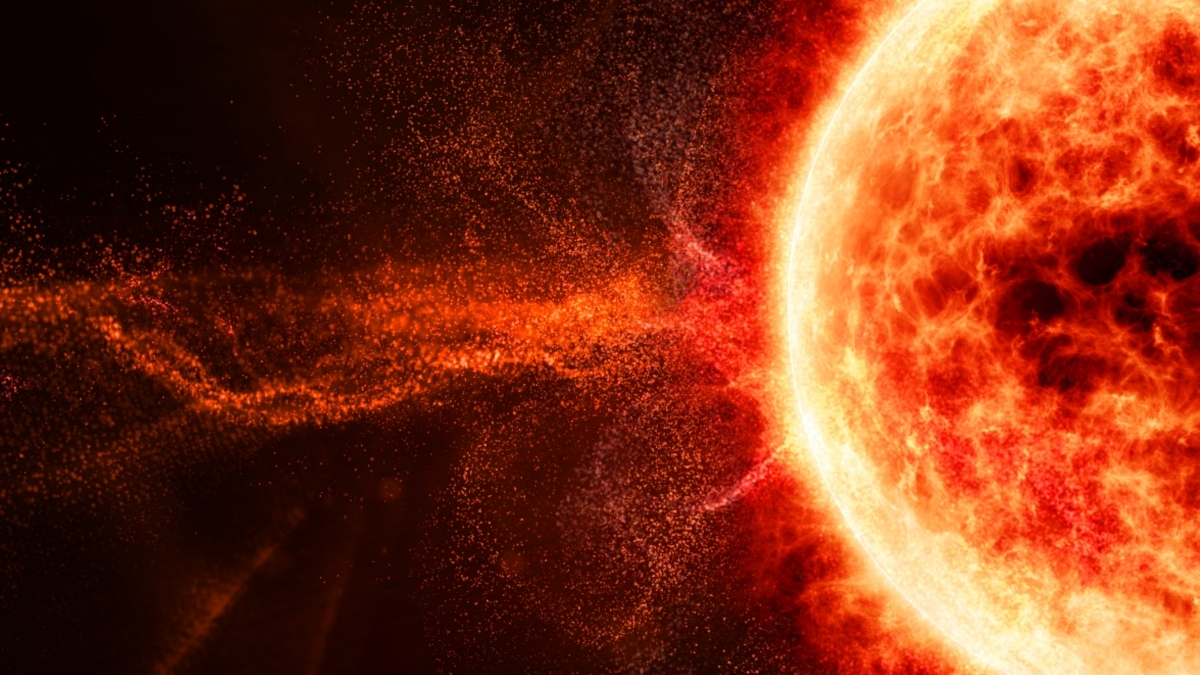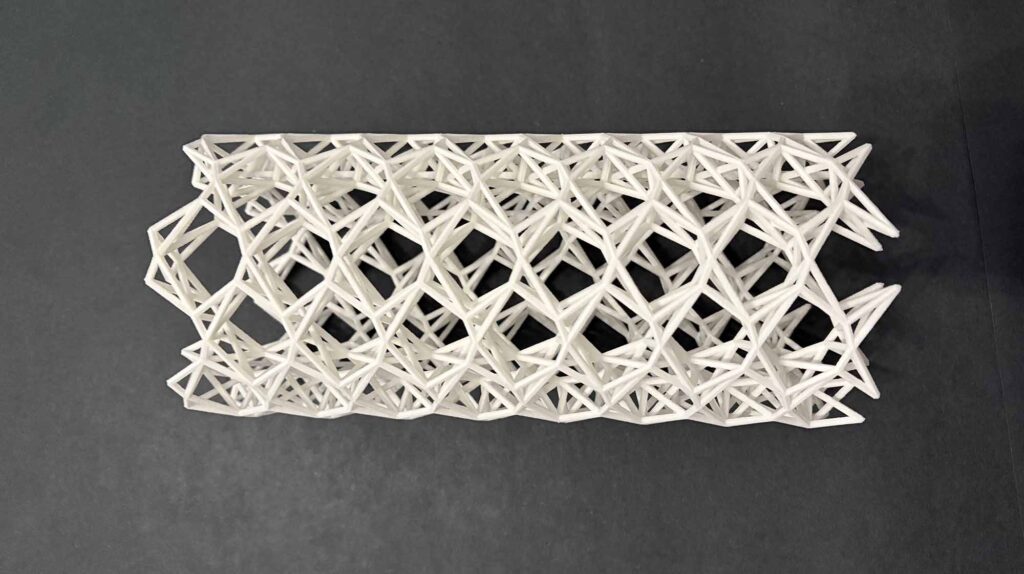A split-second flash from the nearby starburst galaxy M82 has sparked a careful rethinking of what we call a short gamma-ray burst.
The signal was so brief and intense that it first looked like a compact-object merger far across the universe, yet…

A split-second flash from the nearby starburst galaxy M82 has sparked a careful rethinking of what we call a short gamma-ray burst.
The signal was so brief and intense that it first looked like a compact-object merger far across the universe, yet…

This happens due to plate tectonics and movements in the bedrock, caused by the large ice sheets on top melting and reducing pressure on the subsurface, according to a new paper published in the Journal of Geophysical Research: Solid Earth….
This request seems a bit unusual, so we need to confirm that you’re human. Please press and hold the button until it turns completely green. Thank you for your cooperation!

Weather forecasting is a powerful tool. During hurricane season, for instance, meteorologists create computer simulations to forecast how these destructive storms form and where they might travel, which helps prevent damage to coastal…


The World Economic Forum (WEF) created a space-policy guide intended to help both emerging nations looking to debate space policy for the first time, and established players evaluating whether their regulations are still the best fit.
The…
This request seems a bit unusual, so we need to confirm that you’re human. Please press and hold the button until it turns completely green. Thank you for your cooperation!